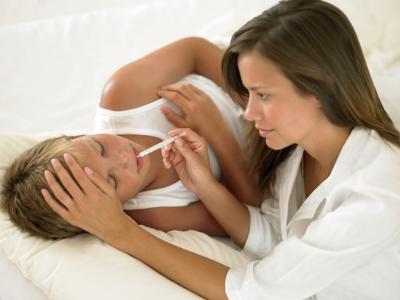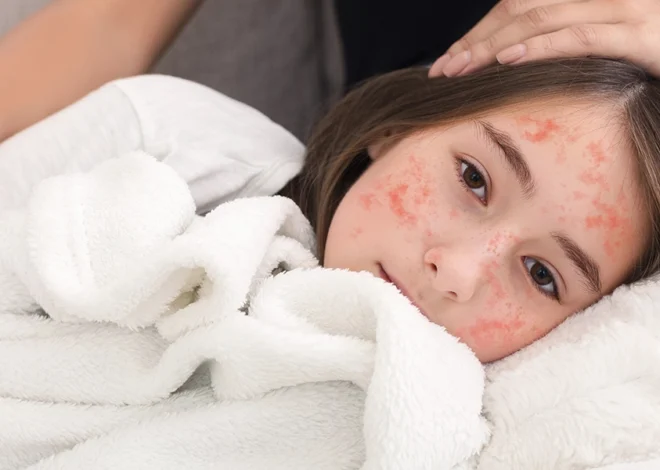Experienced parents know that sooner or later, their child will wake them up in the middle of the night with the complaint of feeling sick. Their child may have a stomachache or a fever. Fevers are a common symptom of many illnesses, and chills often accompany the fever. In fact, chills are triggered by a sudden change in the body’s temperature, according to the National Center for Biotechnology Information. Fever and chills are most apparent at night because the body is at rest.
Cause
Fevers are the body’s response to an illness, according to MedlinePlus. Most viruses and bacteria struggle to survive in temperatures above 98.6 degrees F. The rise in temperature is one way that your child’s body is fighting off an infection. High fevers are more common in children than adults and do not necessarily signify a serious illness.
Effects
Chills often accompany a fever, especially in children, according to KidsHealth. In fact, they are a part of the body’s effort to warm up. Chills occur when the muscles involuntarily contract in an effort to create more warmth. Your child may complain about feeling cold as she shivers, even if she has a fever.
Treatment
Fevers are usually treated with medication, such as ibuprofen or acetaminophen. Aspirin should not be given to children, because it can cause a rare illness. The medications tell the brain to stop heating up the body. As a result, your child might start sweating to get rid of the heat in the body. As the sweat evaporates, chills might occur again. In addition, it is important to keep the body well-hydrated, so encourage your child to drink plenty of fluids.
Misconceptions
Although it might be a bit frightening to see your child alternate between a fever and shivering, it is only his body’s way of fighting off an infection. In fact, most fevers of 102 degrees F or less do not need any treatment or medication unless your child is feeling uncomfortable. Do not try to “sweat out” a fever by putting blankets over your child if he has a fever. Instead, keep his head cool with a wet rag, or place him in a tub of lukewarm water. In addition, do not use ice or cold water, as this can be too severe a shock to the hot skin.
Considerations
Fevers higher than 102 degrees F can signify a more serious illness, especially if accompanied by other symptoms. See a doctor immediately if you child has a stiff neck, shortness of breath, a bad cough, abdominal pain, or if you cannot rouse her. Also see a doctor if the fever does not go away with treatment, or if a child younger than 1 year has a temperature that lasts for more than one day.





